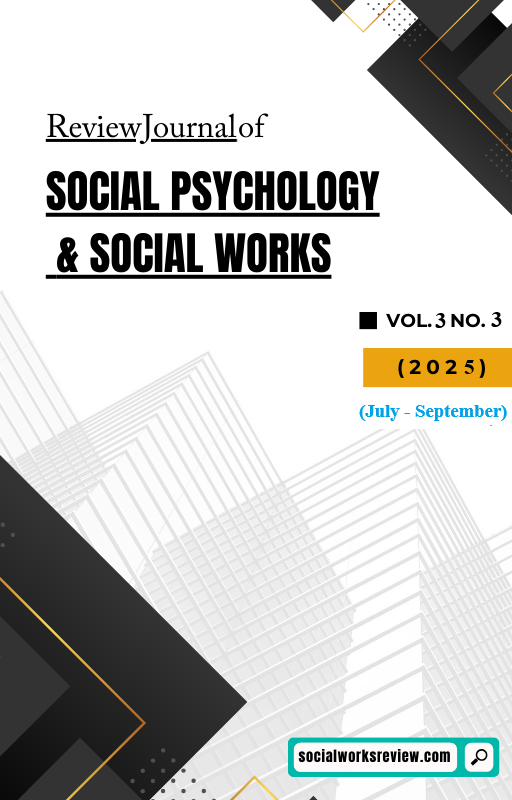Understanding the Taliban’s Geopolitical Influence: A Case Study of Pakistan
Keywords:
Taliban, Pakistan, Durand Line, Border Security, Critical Geopolitics, Regional Diplomacy, Strategic Depth, TTP, Non-State Governance, Afghanistan-Pakistan RelationsAbstract
This study examines the evolving geopolitical consequences of Taliban rule in Afghanistan for neighboring Pakistan, focusing on border security, regional diplomacy, and internal policy dynamics. Drawing on qualitative interviews with policymakers, local administrators, academics, and civil society actors in Pakistan’s frontier regions, the research reveals that the Taliban’s return to power has not yielded the strategic gains Pakistan had anticipated. Instead, it has led to heightened insecurity along the Durand Line, increased militant activity, and growing diplomatic isolation. The Taliban’s refusal to formally recognize the Durand Line and their ideological alignment with militant groups have further strained Pakistan’s sovereignty and border control mechanisms. Moreover, the Taliban’s independent foreign policy and resistance to external influence challenge Pakistan’s long-standing assumptions of strategic depth. Utilizing critical geopolitical theory and border studies, this paper highlights the spatial and ideological tensions shaping contemporary Pakistan–Taliban relations and underscores the need for a recalibrated, inclusive, and regionally cooperative approach to Afghanistan.





